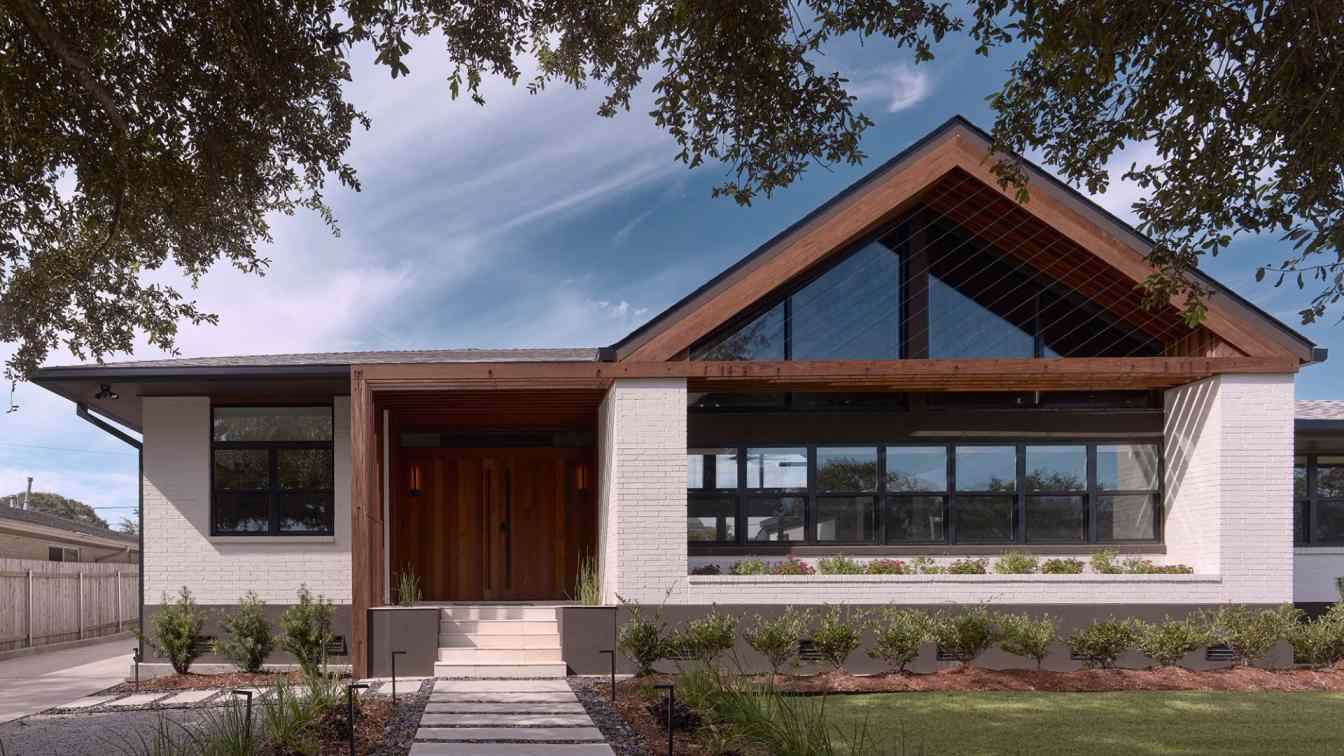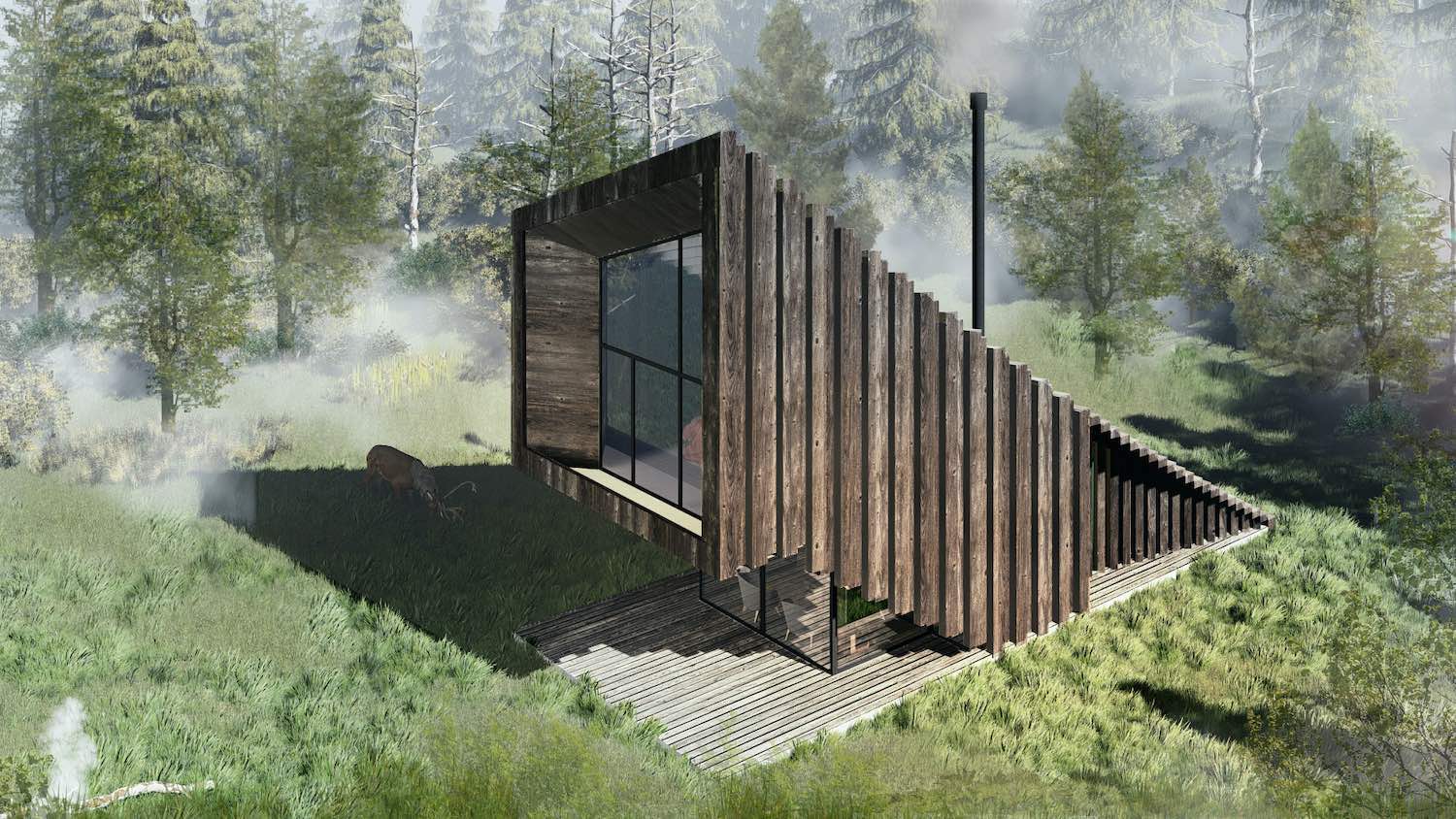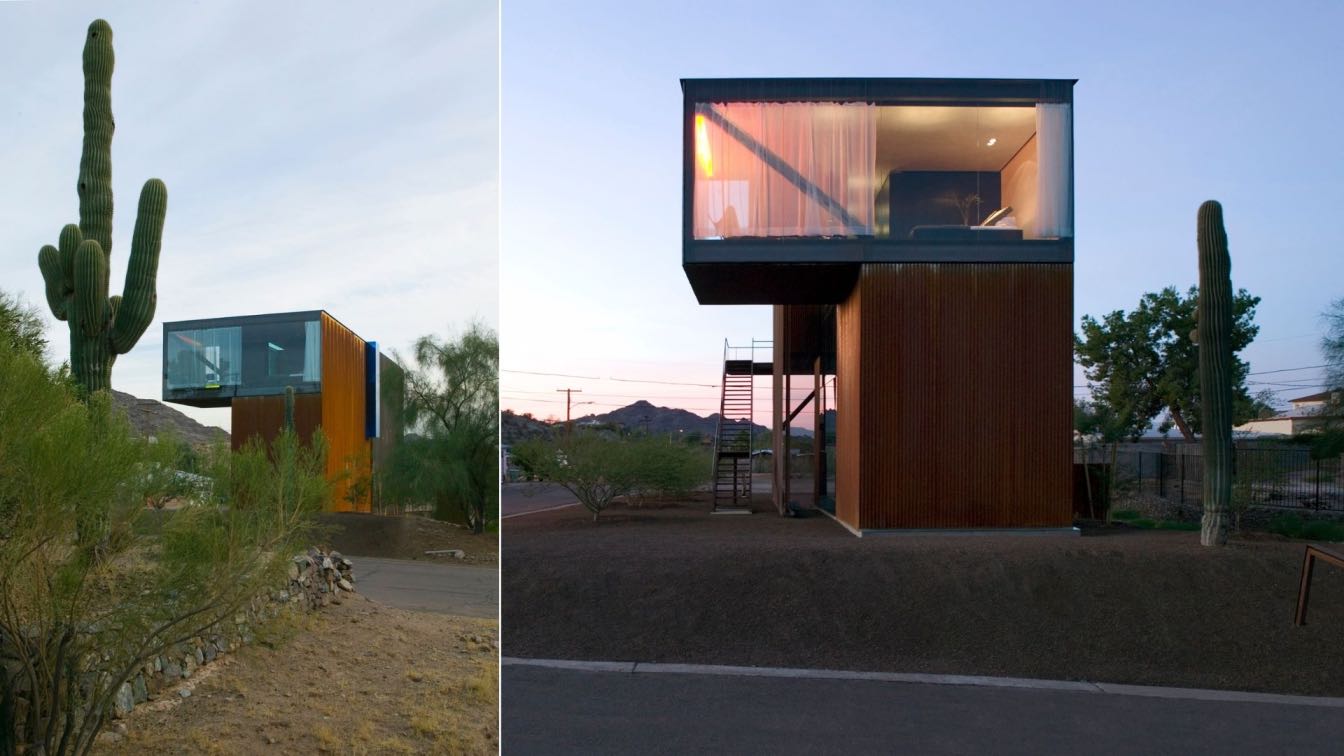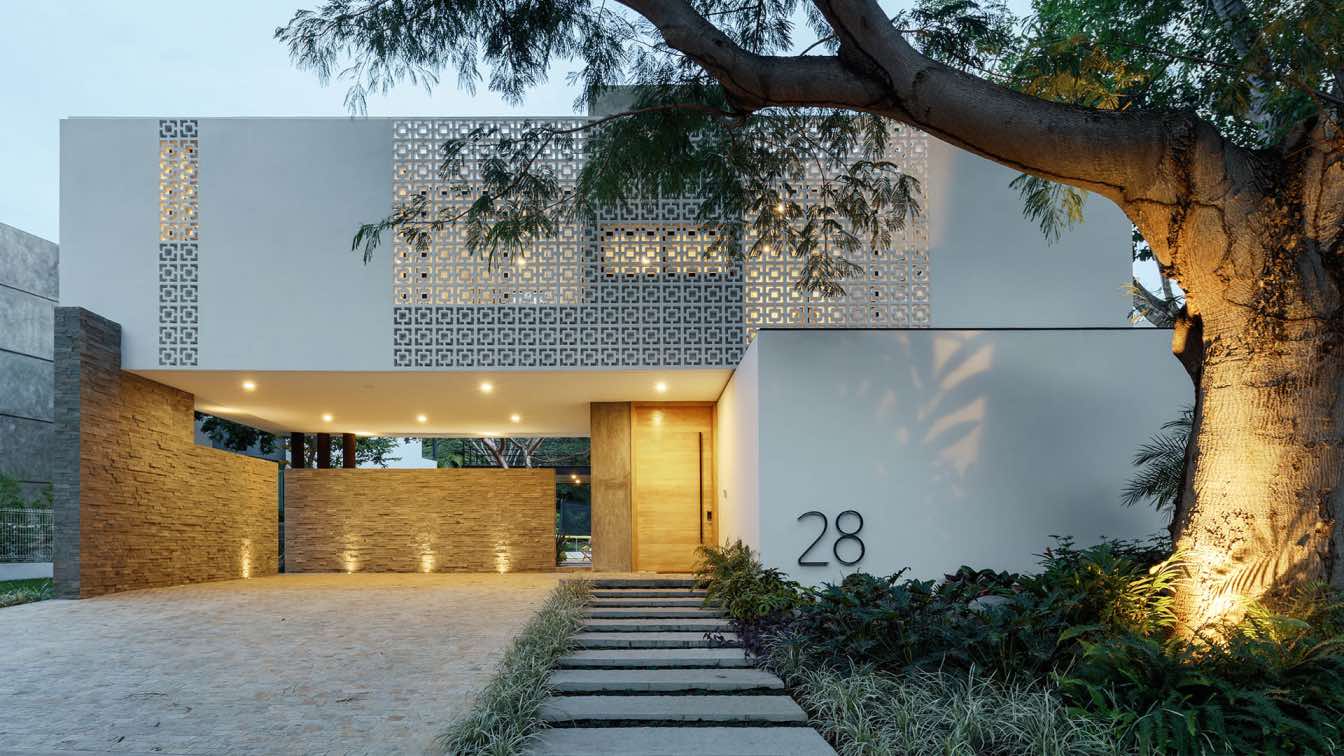Rooted in Stillness, Casa Tranquilo by DADO is an Immersive Retreat into Nature
Tucked deep within the lush hinterlands of Goa, a 10,000 sq. ft. villa lies quietly embraced by dense forest - a home that feels less constructed and more discovered. Designed by DADO Architecture, Casa Tranquilo embodies the spirit of slow living, where time stretches, noise recedes, and the rhythms of nature set the pace. Here, architecture doesn’t announce itself: it listens, blending gently into its surroundings to offer a lifestyle that feels grounding and liberating.
True to DADO’s philosophy of blurring the line between built form and landscape, the home is approached through a 75-metre long boulevard lined with royal palms, layers of lush plantation and birdsong - a gentle immersion that allows the house to gradually emerge. There is no grand entrance - just a quiet front that sits easily in its surroundings, letting the boulevard lead the way.
It is only when the large pivot door is pushed open that the house truly reveals itself. The interiors open out into a sun-filled courtyard - calm and expansive. Dramatic in its reveal, the courtyard sits at the central core of the home with common areas unfolding around it. The home is designed as a series of interconnected volumes, with large openings, verandahs, and transitional courtyards fostering a seamless indoor-outdoor relationship. Each space is positioned to frame views and harness natural light, allowing the changing light, breeze, and greenery to be integral parts of the living experience.
Casa Tranquilo is a study in restraint, where nature takes center stage. The neutral and earthy palette ensures that the landscape remains the primary visual experience. Walls of lime plaster, floors of brown and white sandstone, highlights of random rubble stone and natural wood, create a raw yet refined aesthetic. The result is a home that feels welcoming - inviting ease, connection and a quiet sense of belonging.

Sustainability in Casa Tranquilo is inherent rather than imposed. The home’s orientation and spatial planning allow for natural ventilation and daylighting, reducing the need for artificial cooling and lighting. Deep overhangs and shaded courtyards provide passive cooling, making the home comfortable even in Goa’s tropical climate. One of the most meaningful moments in the design process was the decision to transplant a tree that originally stood on the site. Rather than losing it, the tree was carefully relocated, ensuring its survival while simultaneously making it the core visual anchor of the home. Today, it sits at the heart of the living space, a quiet but powerful reminder of the delicate balance between architecture and nature.
At its core, Casa Tranquilo is designed for connection. Common spaces unfold from the central courtyard, with the casual living and dining on one side - featuring built-in seating, organic live edge coffee tables, and layered textures that invite long conversations. A window in the living area frames the view of the transplanted tree - a quiet presence within the larger landscape that surrounds the home.
Adjacent to the living area, the dining space, anchored by a stone table, opens onto a smaller garden, offering a serene atmosphere. The seamless connection with the kitchen reinforces the home’s open layout, creating a space for gathering and shared experiences.
Flanked on the opposite side of the courtyard, a lounge space opening out to the bar and pool patio encourages a setting for entertainment and social interactions. The verandah-like passage that links the home brings a sense of gentle continuity- one space flowing effortlessly into the next. The textures in the home add a gentle rhythm to daily life - lime-plastered walls with a soft surface that invites touch and diffuses light; natural wood that reveals its character through subtle undulations and knots; and handwoven fabrics that bring a quiet, lived-in feel to the home. By the pool patio, a bar area is anchored around a tree that was always part of the land - a quiet reminder that the house was shaped with nature, not over it.

Nestled between the casual living area and the lounge space, the Garden Bedroom offers a quiet retreat, overlooking its own private garden. Just beside it, the staircase rises to the upper floor, gently guiding you upwards to the more intimate spaces of the home.
Upstairs, three bedrooms are designed as personal sanctuaries, each with its own mood and orientation. Two master suites: the Sunrise and Sunset Bedrooms, capture the changing light of day, one facing east, the other west. A striking integration of nature is seen in a large existing tree that extends through the bar into the Sunrise Master Bedroom. Here, its bark visually mimics a column, reinforcing the idea of architecture growing from nature rather than against it. The third bedroom, the Nest Bedroom, is positioned for a more intimate experience, overlooking lush greenery and offering a retreat that feels both serene and secluded. Thoughtfully designed with a restrained yet inviting aesthetic, each room is anchored by natural materials and textures, ensuring a deep sense of calm. Soft lighting, handcrafted furniture, and warm fabrics create an atmosphere of comfort, where each space encourages rest and quiet reflection.
At Casa Tranquilo, life moves at its own pace. The home doesn’t rush you; it calms you. It invites silence, stillness, and slow mornings. It’s not about grandeur, but the gentleness of everyday life - a place where architecture and earth hold each other with quiet respect.














































